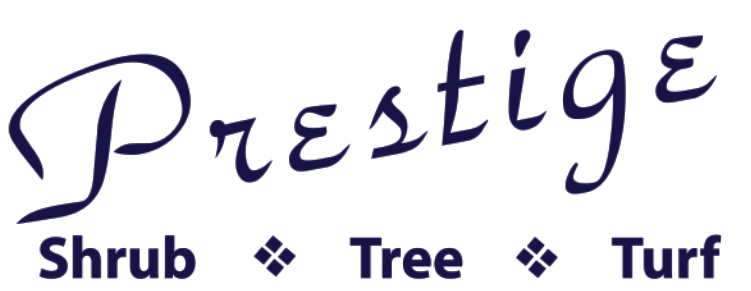You should core aerate warm season turf at least one time each year. If you do not aerate, your compaction level increases. In highly compacted soils, pore spaces are reduced and this decreases the water and oxygen available to the plant roots. This results in poor root growth.
Another effect of compacted soils is that the roots must now spend an increased amount of energy and resources pushing through compacted soil. This energy is being taken away from other growth processes in the plant, weakening the entire system. You can see that eventually the plant becomes severely weakened and is more susceptible to pests and weather influences.
While yearly core aeration cannot completely reverse compaction it can manage it within tolerable levels.
Aeration can be done before or after the scalping though generally it is more easily accomplished after scalping. If you have someone else aerate or do it yourself be sure to use a core aerator. Never use a spike or knife type as they cause compaction rather than reducing it. After aerating with a core aerator be sure to leave the plugs on the ground and allow them to naturally return to the soil surface.
One exception to the yearly aeration rule is Emerald Zoysia. Emerald zoysia can produce excessive amounts of thatch and consequently may not become heavily compacted each year and may not need yearly core aeration. If the thatch layer should become too thick a correct dethatching should be done. Your maintenance company can do the dethatching.
« Back to Glossary Index